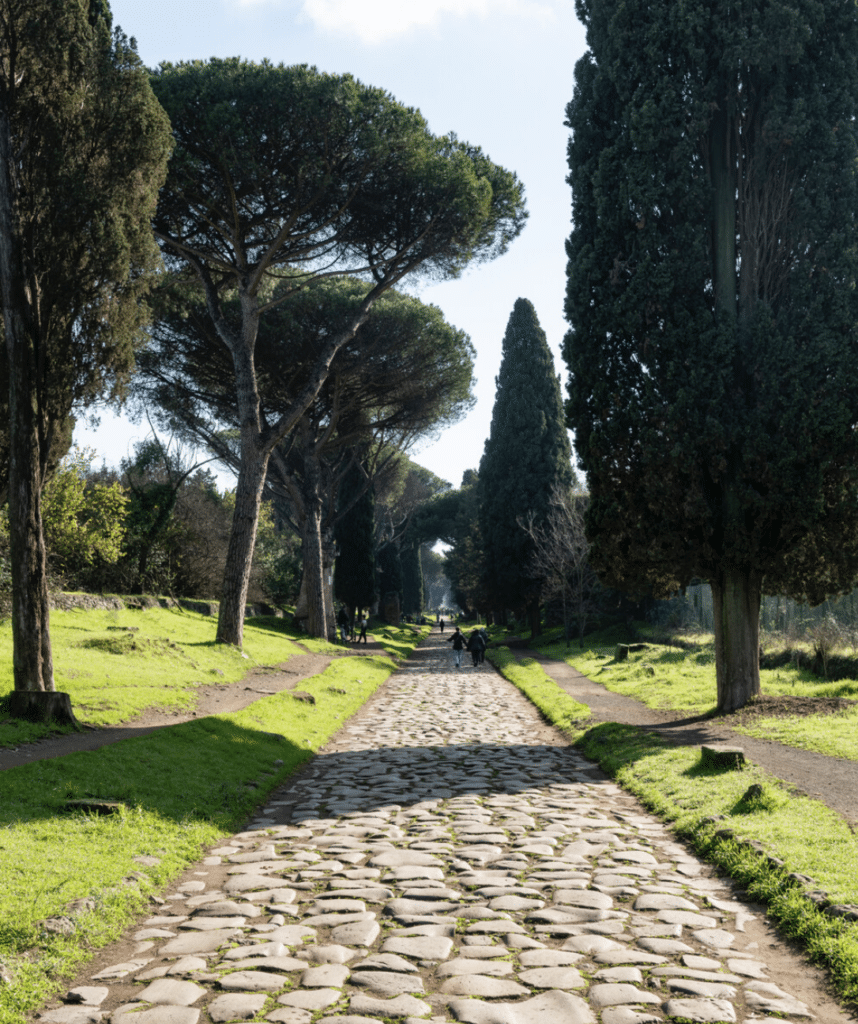New pride for Italy. The Boot of Europe can boast not only of its world-renowned cuisine but also of its monuments with breathtaking beauty. Proof of this is that the country has the highest number of UNESCO World Heritage sites. The via Appia, recently added to the list, becomes the 60th Italian site recognized.
From July 21 to July 31, the 46th session of the UNESCO World Heritage Committee is being held. This year, the committee is meeting in New Delhi, India, to consider the nominations of 28 sites for inscription on the World Heritage List.
The UNESCO World Heritage designation refers to cultural and natural properties of exceptional interest to the common heritage of humanity. A 1972 treaty gives the United Nations Educational, Scientific and Cultural Organization (UNESCO) the task of identifying, protecting, and preserving sites of “outstanding universal value”, such as the temples of Abu Simbel (Egypt), the Italian city of Venice, or the Angkor Wat temple (Cambodia). Besides increased fame and attractiveness, sites holding this precious label can expect to see their tourist numbers increase by 20 to 50%. Today, 1,223 cultural and natural properties are listed, and Italy is in the lead.
On July 27, the committee unveiled the names of thirteen new sites whose nominations were accepted. Among them is the via Appia, the famous Italian road and a remnant of the Roman Empire.

An Iconic Road
“Regina Viarum,” literally “the queen of roads” in Latin. This is how the Romans referred to the via Appia, one of the oldest Italian roads. Stretching over 500 kilometers, this road crossed central and southern Italy, connecting Rome to Brindisi, a port city in Apulia.
Built starting in 312 BC by the censor Appius Claudius Caecus, the via Appia is a testament to the ingenuity of Roman civilization.
Designed for military purposes, the road allowed troops to be sent quickly to southern Italy to consolidate Rome’s domination over this part of the peninsula during the Second Samnite War. It later became a strategic element in the military conquest of the East and Asia Minor.
This road became essential for major commercial communications and key cultural transmissions. Over time, it became a model for all Roman public roads and the Empire’s complex road system.
Click here to read the full article on Luxus Magazine.
Featured Image: © Tripadvisor


















